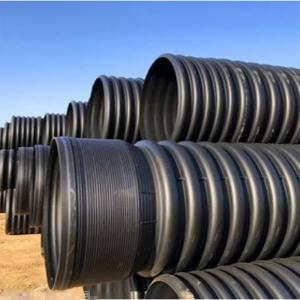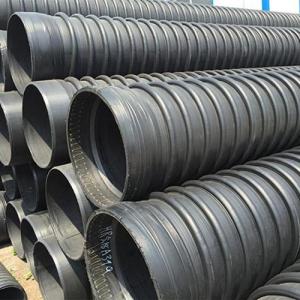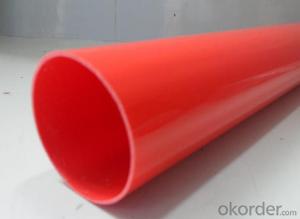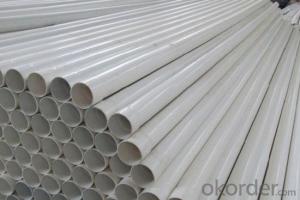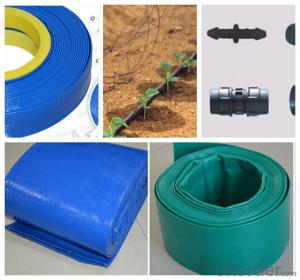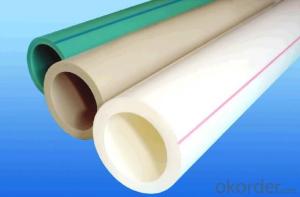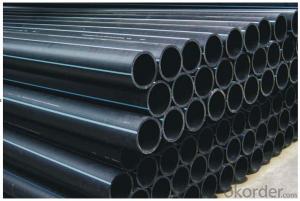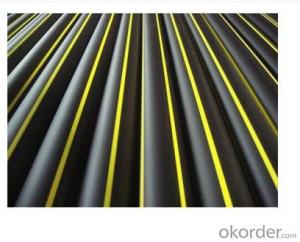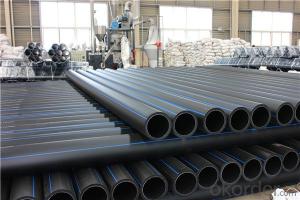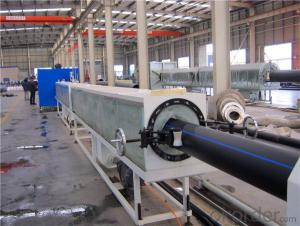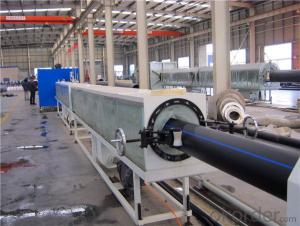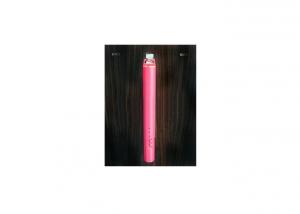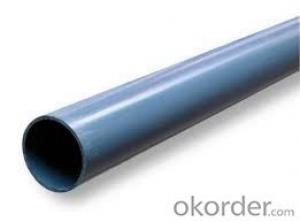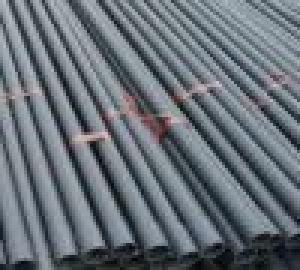HDPE Winding Structure Wall Plastic Tubes - Polyethylene Plastic Pipe
- Loading Port:
- China main port
- Payment Terms:
- TT or LC
- Min Order Qty:
- 100 m
- Supply Capability:
- 10000 m/month
OKorder Service Pledge
OKorder Financial Service
You Might Also Like
HDPE Winding Structure Wall Pipe Plastic Pipe
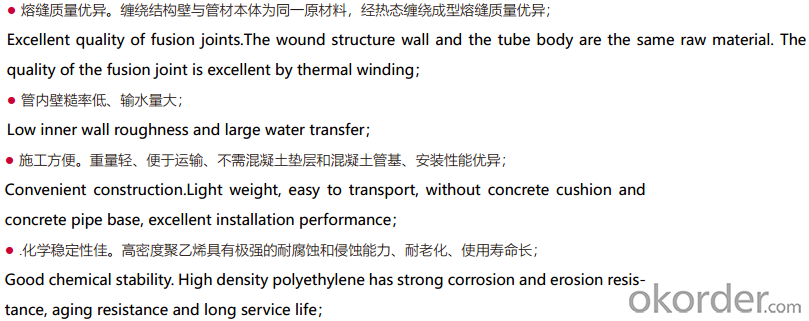
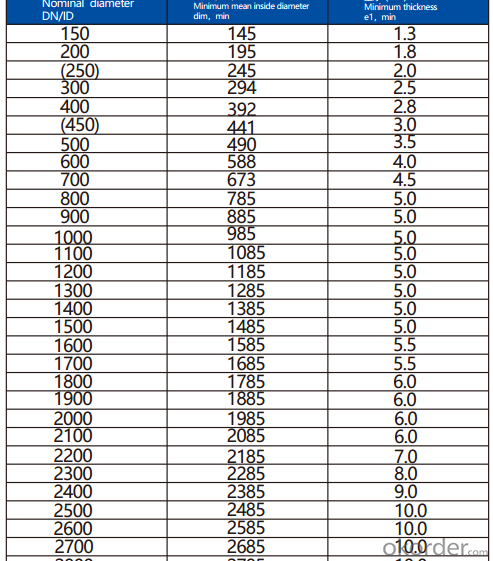
We own three industry bases for manufacturing pipes, fittings and new materials, including the biggest production line of steel wire reinforced PE composite pipe in the world, and top advanced PE pipe production line.
We get long term cooperation with leading material suppliers in the world and professionally provide the pipeline system solutions of matched products and technical cases by the whole industry chain from materials R&D to pipeline engineering installation.
- Q: What are the common diameters of plastic tubes?
- The common diameters of plastic tubes can vary depending on their intended use, but some common sizes include 1/4 inch, 3/8 inch, 1/2 inch, 3/4 inch, and 1 inch.
- Q: Do plastic tubes have any limitations in terms of flexibility or rigidity?
- Yes, plastic tubes have limitations in terms of both flexibility and rigidity. While they are generally more flexible than metal tubes, they can still have a limited range of flexibility depending on the type and thickness of the plastic used. Plastic tubes can also be rigid to some extent, but they are not as rigid as metal tubes. Therefore, their degree of flexibility or rigidity may vary depending on the specific application and the requirements of the task at hand.
- Q: Are plastic tubes resistant to UV degradation?
- Yes, plastic tubes can be resistant to UV degradation depending on the type of plastic used. Some plastics, such as PVC and HDPE, have inherent UV resistance and are commonly used for outdoor applications where exposure to sunlight is likely. However, not all plastics are UV resistant, so it is important to choose the appropriate material for specific needs to ensure long-term performance and durability.
- Q: Are plastic tubes resistant to extreme weather conditions?
- Yes, plastic tubes are generally resistant to extreme weather conditions. They are designed to withstand a wide range of temperatures, from freezing cold to scorching heat, without cracking or deforming. Additionally, plastic tubes are typically UV-resistant, which means they can withstand prolonged exposure to sunlight without deteriorating. However, the specific resilience of a plastic tube may vary depending on its composition and quality.
- Q: I think it may be meth or crack or something? What should I do?
- Destroy it and throw it in the garbage DON'T flush it we don't need more crap in the water supply.
- Q: Is it difficult to sell plastic pipes now?
- The clerk shouted at the top as an individual, may not be effective, you can only tell you the appeal of a person or several people, in order to allow others to accept your ideas, needs to have professional knowledge, familiar with the business, full of sincerity and positive working attitude, have certain pricing, but also want to know when will the wind blows. To continue, when to exit.
- Q: Are plastic tubes tamper-evident?
- Yes, plastic tubes can be designed to be tamper-evident by incorporating features such as shrink bands, breakable seals, or tear-off caps that indicate if the tube has been opened or tampered with.
- Q: What are the different material options for plastic tubes?
- There are several different material options for plastic tubes, including PVC (polyvinyl chloride), PE (polyethylene), PP (polypropylene), and ABS (acrylonitrile butadiene styrene). These materials vary in their properties and characteristics, such as flexibility, durability, chemical resistance, and temperature tolerance, allowing for a wide range of applications and industries to utilize plastic tubes for various purposes.
- Q: How do you cut plastic tubes to size?
- To cut plastic tubes to size, you can use a few different methods. One common way is to use a fine-toothed saw or pipe cutter specifically designed for plastic materials. Another option is to carefully score the tube with a utility knife and then snap it along the scored line. Additionally, you can use a power tool like a rotary tool with a cutting wheel attachment. Whichever method you choose, it's important to measure and mark the desired length accurately before cutting to ensure an accurate and clean cut.
- Q: How does transferring of liquid in a container to an empty container using a plastic tube works?
- You're talking about a siphon. You suck on the end to get the liquid up the tube and then down the other side, and all you need to do to keep it flowing is make sure the outside end of the tube is lower down than the inside end. The liquid pulls on itself, and there is more weight on the outer tube than the inner, so it's enough to draw the liquid up and down, as long as it ends up lower than it was before.
Send your message to us
HDPE Winding Structure Wall Plastic Tubes - Polyethylene Plastic Pipe
- Loading Port:
- China main port
- Payment Terms:
- TT or LC
- Min Order Qty:
- 100 m
- Supply Capability:
- 10000 m/month
OKorder Service Pledge
OKorder Financial Service
Similar products
Hot products
Hot Searches
Related keywords
